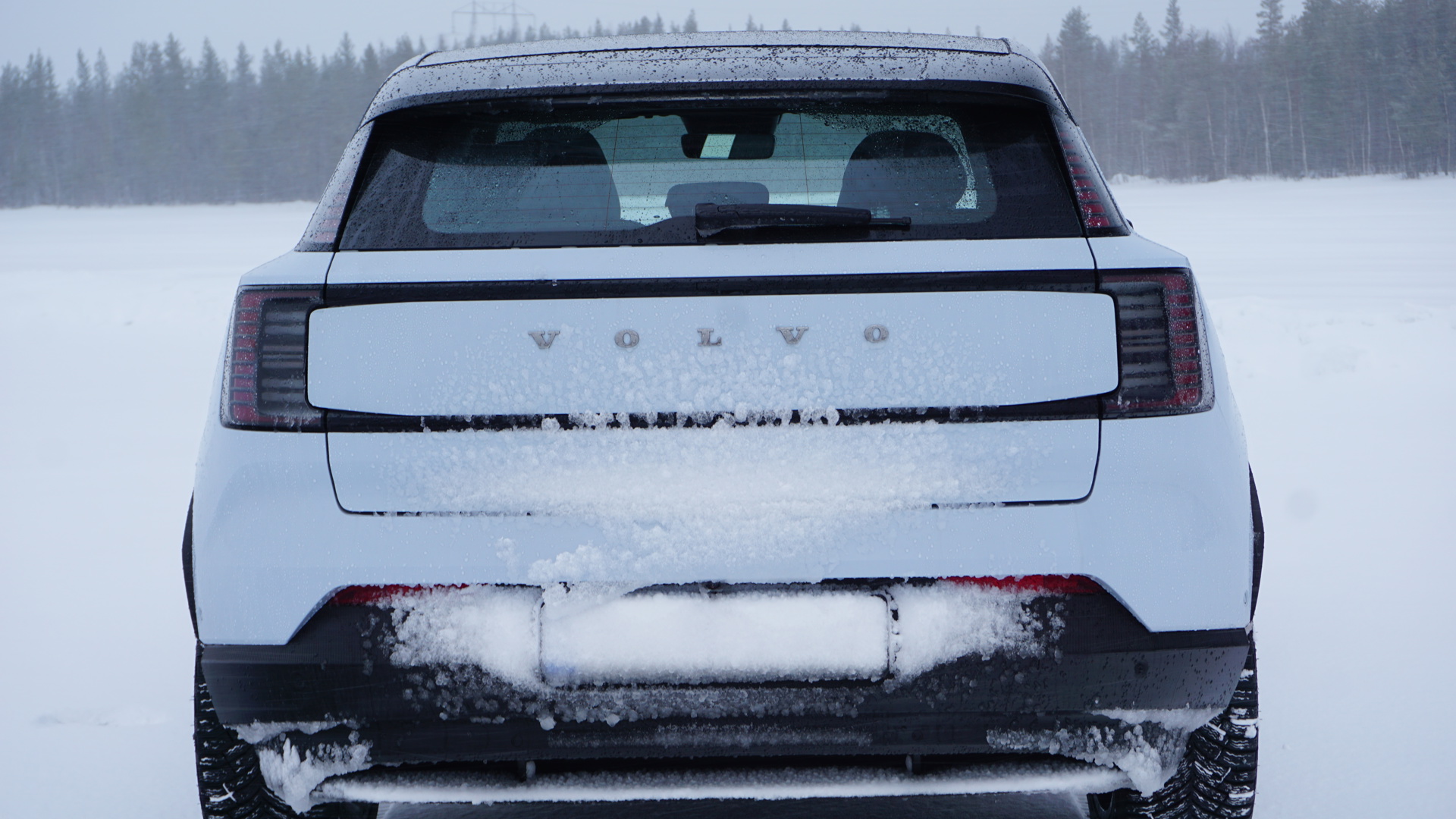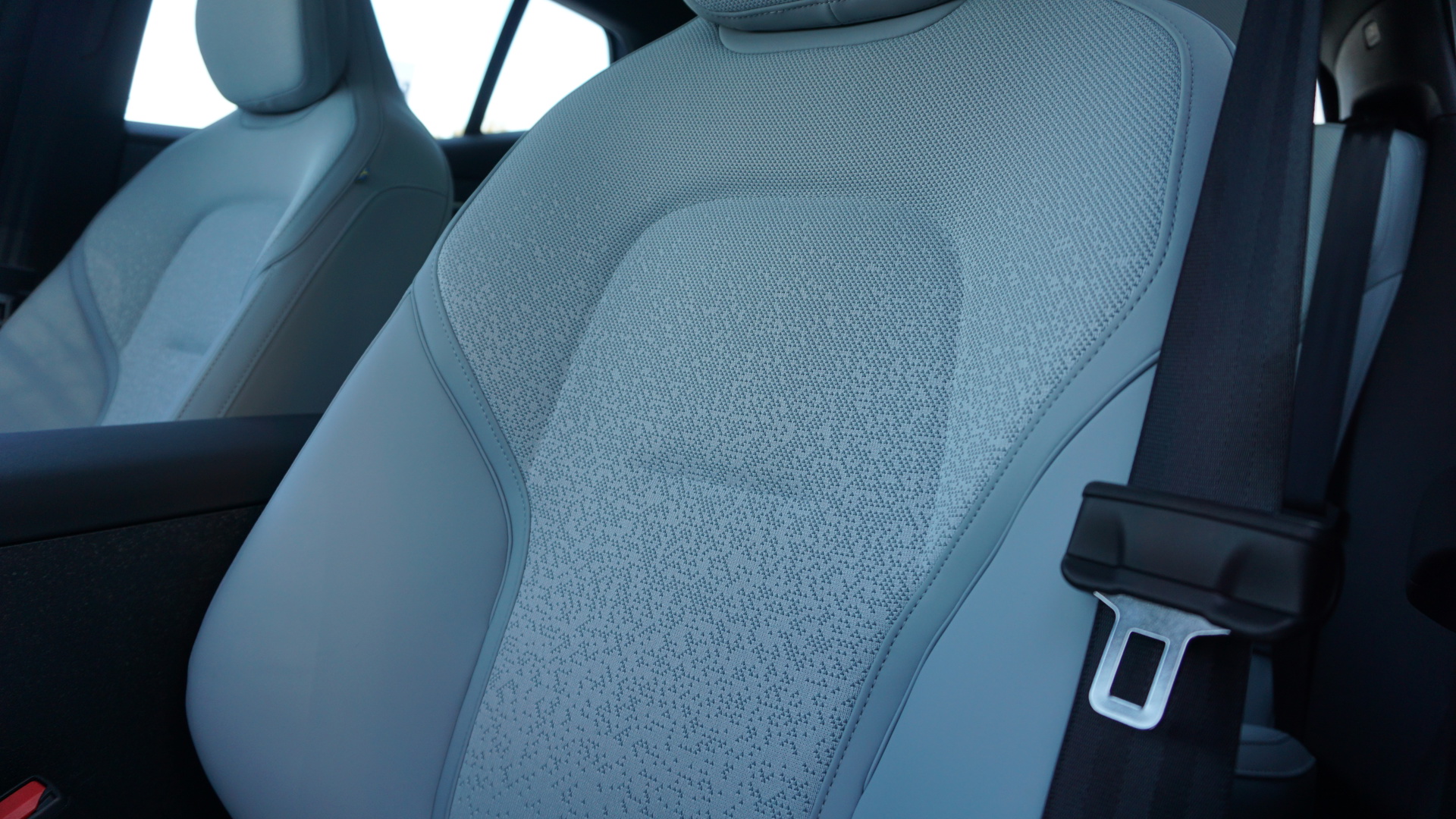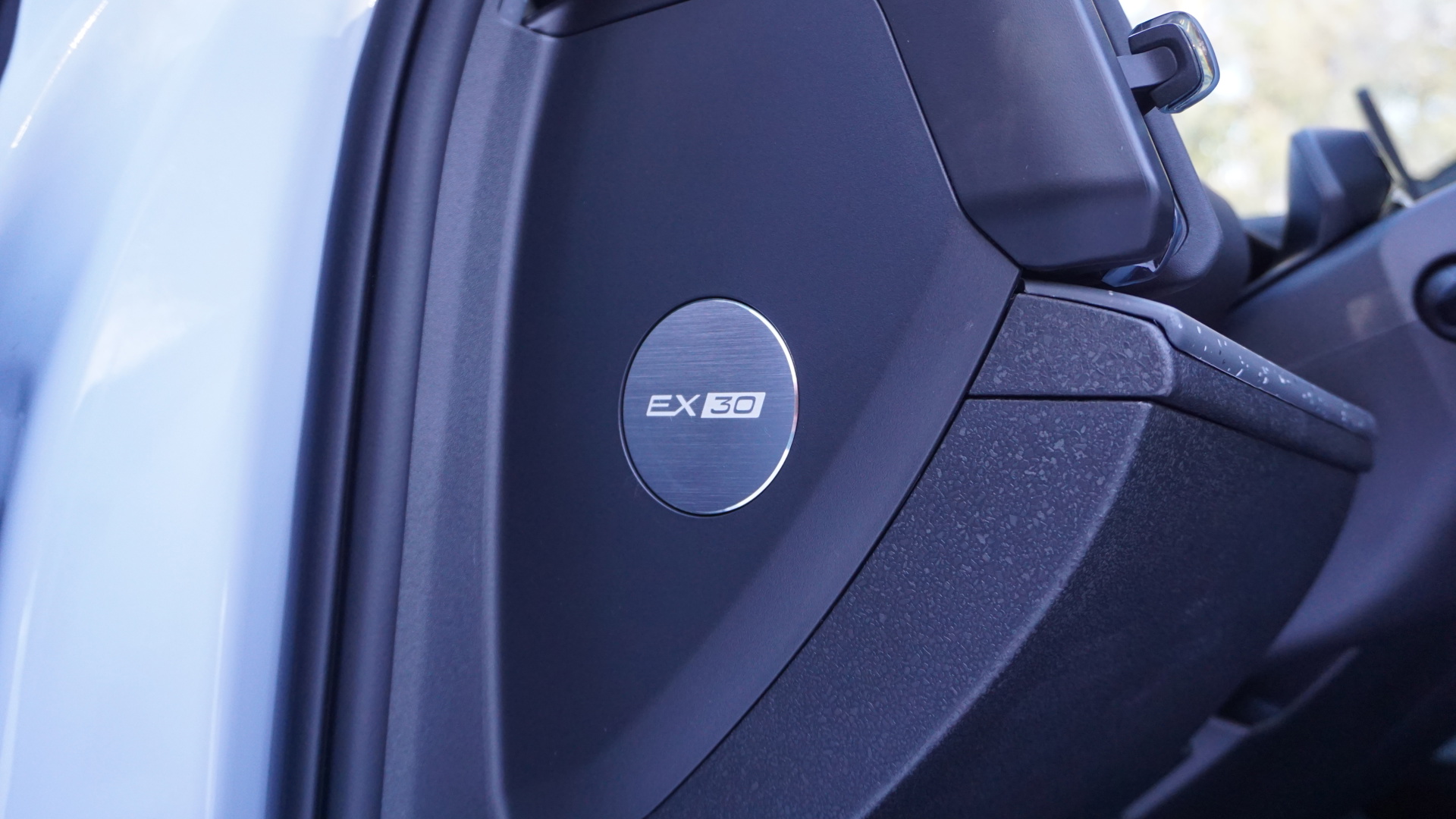It’s a debate that’s about as old as all-wheel drive itself, and one that’s sure to stick around as electrification becomes the new normal.
Is extra traction explicitly necessary, or have we become brainwashed by the peace of mind it provides, particularly in winter weather?
That’s what I’m in northern Sweden to find out, and I’m doing it with the help of the 2025 Volvo EX30 and the newly renamed EX40 – two little crossovers powered by nothing but electrons. Just as importantly, while both are offered with all-wheel drive, range-extending rear-wheel drive layouts form the foundations on which they’re built.
Ice, Ice, Baby
For years, automakers have advertised all-wheel drive (AWD) as a nearly must-have feature for the sense of comfort it brings. There’s some marketing magic hard at work here – not that sending traction to more wheels isn’t without merit, but it’s hardly worth all the hype generated around it, especially since driving more wheels does nothing to slow a vehicle down any quicker.
With the proliferation of electrification, however, a new tact taken by the auto industry promises it’s perfectly safe to skip all-wheel drive – and that’s because it is. To prove it, I hit the ice in the all-new EX30 in both rear- and all-wheel drive layouts, the latter of which gets a disproportionate amount of praise for its proficiency in winter. But just what kind of advantage – if any – would it provide on an entirely slick and slippery surface?
While the temperature is balmy, barely dipping below freezing during the day, the snow is swirling and the ice is thick on the many small lakes scattered across this corner of northern Sweden near the Finnish border. It’s here that Volvo has plowed a circuit spanning more than 2.5 km atop the frozen surface of Björnträsket Lake alongside a pair of shorter slalom courses.
None of it seems like the type of place the average electric vehicle (EV) might end up, but that’s not the point I’m here to put to the test. Instead, it’s all about the viability of rear-wheel drive in slippery environments like this one.
A Lesson in Physics
This is where the very makeup of an EV like the EX30 enters the equation. Namely, it’s the location of the battery pack low in the chassis that makes all the difference, bringing the centre of gravity down to the point where traction isn’t nearly as hard to come by as it is in a vehicle powered by an internal combustion engine (ICE) that’s lighter and has a higher mass point wherever that motor may be.

Of course, that’s not the reason automakers like Volvo are suddenly selling rear-wheel-drive EVs. Instead, it’s all about the extra range that comes with powering fewer wheels – although in the case of the EX30, the difference isn’t especially drastic; opting for all-wheel drive results in an estimated 442 km on a full charge compared to 425 km without.
Either way, there’s an appreciable sense of stability from behind the wheel of this crossover, even on this proverbial arctic playground of some 75 assorted corners ranging from tight esses to sweeping bends. Now for the bad news – at least in this particular set of circumstances: the electronic stability control (ESC) system in the EX30 can be dialled back but not entirely disengaged; in the EX40, it can’t be adjusted at all outside of its off-road drive mode that’s limited to a top speed of about 40 km/h.
Disappointing though that may be, it doesn’t take much effort to initiate slides and drifts of varying degrees. It’s only when attempting to kick the rear end out in consecutive corners like a swinging pendulum that the EX30’s electronic nannies step in with stern authority, cutting power delivery no matter how much pressure I apply to the throttle pedal. Meanwhile, the anti-lock braking system (ABS) clicks and ticks continuously like it’s expressing its displeasure in Morse code.

Whether on a frozen lake or an ice-covered street, there’s a slightly delayed response to inputs on these wintery surfaces. Applying steering input alone won’t do much to change which way a vehicle is headed. Instead, it’s important to turn the wheel in the desired direction before shifting the centre of balance forward, at which point the vehicle will start to rotate.
In most vehicles, that means tapping the brake pedal. But in an electric one like this, simply releasing the throttle pedal with the regenerative braking in its most aggressive setting is enough to do the trick, with both the EX30 and EX40 responding rather quickly with the kind of load transfer that’s required to get sideways.
Get a Grip
Just as importantly, it’s easy to drive both vehicles in a controlled manner, clipping apexes rather than pirouetting around them. In fact, there’s little discernible difference between how each drive system performs as far as vehicle control. It’s only when accelerating from a standing start that all-wheel drive pays dividends, and that’s because there are four studded winter tires clawing at the ice below instead of two. But then even the rear-wheel-drive EX30 manages to get moving with little hesitation (all EX40 units at this event were of the dual-motor variety).
With a second motor motivating the front wheels, the extra output makes the all-wheel-drive models more exciting and, in the case of the EX30, easier to drift. Credit the instant delivery of 400 lb-ft of torque compared to 253 lb-ft with a single motor motivating the rear wheels alone. With the all-wheel drive system in its performance setting, a clutch up front is engaged so those wheels are constantly working as opposed to the slip-and-grip setting that’s the default.

Even Sweden’s famed moose test – an evasive manoeuvre exercise that involves accelerating towards an obstacle and steering around it before resuming the same course of travel – sees the rear-wheel-drive EX30 perform with the same aptitude as its all-wheel-drive sibling. In fact, both versions manage to tackle this particular open-ice version of the test at speeds in excess of 60 km/h with strikingly similar results. If that isn’t an endorsement of the right tires over more traction, I don’t know what is.
Final Thoughts
Far be it for me to argue against all-wheel drive entirely. Traction matters, whether that be on a frozen lake in northern Sweden, or a parking lot in North Battleford, Sask. What electrification calls into question is the necessity of all-wheel drive, with the simple answer being a resounding no.
In the case of the 2025 Volvo EX30, the range advantage isn’t especially significant, but it’s more so in the slightly larger EX40, where the electrically identical 2024 XC40 Recharge is good for a claimed 472 km on a single charge with rear-wheel drive compared to 409 km with four-wheel traction. Then there’s the additional cost that comes with an extra motor, with the EX30’s adding $3,000 to the price tag. (Pricing for the 2025 EX40 wasn’t available at the time of writing.)
There’s still no one right answer here, and to some, that’s a small price to pay for extra peace of mind. If nothing else, this test proves it’s possible to be thrifty without sacrificing safety.





































